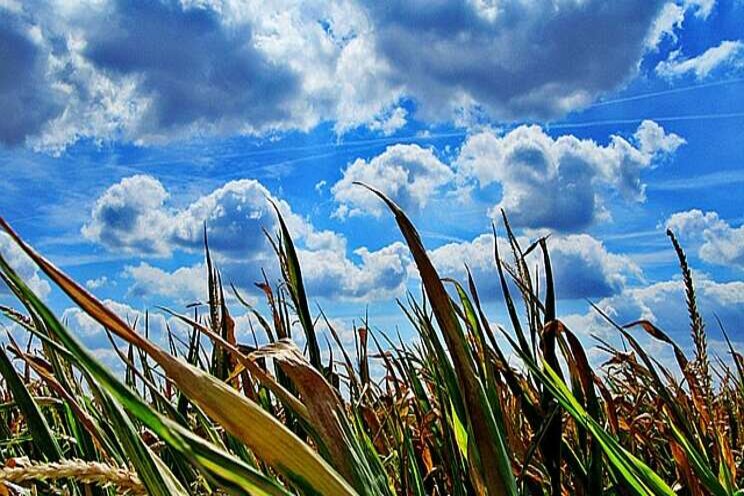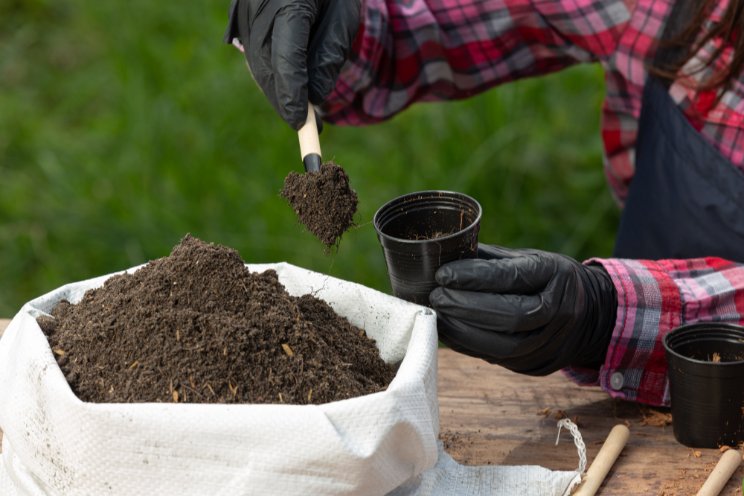Crops and rising temperatures
Added on 24 February 2020

The study reinforces previous findings that persistent warm and dry conditions make pests 'hungrier', increase their populations and geographical range. Due to increased metabolic rates, insects eat more in hot conditions.
With rapidly rising temperatures due to mounting greenhouse gases in the atmosphere from human activities, crops are increasingly facing both threats — extreme heat and pest attacks — simultaneously.
The study found that the dual threat might be more than the crops can handle.
We are already seeing major consequences arising from the complex relationships between climate change, weather, pest behaviour and coping mechanisms of crops.
In 2017, farmers in India incurred heavy losses in crop yields in at least nine major agricultural states due to an erratic monsoon and subsequent pest attacks.
The annual and currently ongoing locust infestation over Africa, West Asia and South Asia is perhaps the most dangerous of all insect infestations. Experts believe that climate change may be affecting the distribution area and breeding cycles.
Increasing cyclonic activity in the Arabian Sea is causing sudden bursts of rainfall in some of the driest regions of the planet (for instance, the Rub' al Khali desert in the Arabian Peninsula).
The hot and wet conditions makes it a perfect breeding ground for locusts. This year, enormous breeding caused their early movement towards South Asia which caused havoc to the crops. Pakistan lost 40 per cent of its total crops.
There are also rising instances of 'alien' plant and pest species invading India and damaging crops. In the past 15 years, India has had at least 10 major invasive pest and weed attacks. The fall armyworm invasion destroyed almost all of the country's maize crops in 2018.
Crops have certain natural defence mechanisms against pests and rising temperatures. When an insect bites a chunk from a leaf, plants secrete a hormone called jasmonate, or JA. JA alerts the plant of the insect attack and to produce chemicals to defend against the attack.
And when plants experience high temperatures they protect themselves by lifting their leaves away from the hot land surface. They also 'sweat' through pores on the leaves (stomata) — similar to what we humans do through skin — so that water evaporates and cools the leaves.
Individually, these defence mechanisms are quite effective. However, rapid climate change is compounding the threats and exaggerating the stress on crops.
To better understand how plants react under this dual threat, scientists from Michigan State University in the United States performed temperature-controlled experiments on tomato plants under attack from caterpillars.
Experiments were performed at ambient temperatures (28 degrees Celsius day / 18°C night) and elevated temperatures (38°C day / 28°C night) resembling conditions during heat waves.
It was found that when plants are under attack in hot conditions, they produce a lot more of the JA hormone than in normal conditions, as a part of their defence mechanism. However, the experiments show that this does not deter the caterpillars.
"I was shocked when I opened the doors to the growth chamber where the two sets of plants were growing at 'normal' and 'high' temperatures," said Gregg Howe, distinguished professor at the MSU-DOE Plant Research Laboratory, in a press statement.
"The caterpillars in the warmer space were much bigger; they had almost wiped the plant out," he added.
Instead, high levels of JA block the plant's ability to cool itself. It cannot lift its leaves or sweat through the pores.
The authors note that it is unclear why plants choose not to or simply can't open their pores to sweat when they are producing more JA. It may be that they don't want to lose water from the wounded sites.
Or maybe the caterpillar uses some trickery to force the leaf pores to remain closed so the plant can't cool itself, since hotter leaves are better for the growth and development of the larva.
Whatever the reason might be, if plants lose the ability to cool themselves they suffer with something similar to a heat stroke.
"We see photosynthesis, which is how crops produce biomass, is strongly impaired in these plants," said Nathan Havko, postdoctoral researcher in the Howe research group and the lead author of the study, in the press statement. "The resources to produce biomass are there, but somehow they aren't used properly and crop productivity decreases."
Learn more on this study here.
Image by FotoRieth from Pixabay
Source: AgroPages
More news















